Who can be a good candidate for nipple & areola reduction surgery in Iran?
You can be an ideal candidate for nipple and areola reduction surgery if you have one or more of the following features:
1.Enlarged, puffy, or stretched areolas that can be caused by pregnancy, weight loss, breastfeeding, or hormonal changes.
2.Droopy or sagging nipples that can affect the shape and projection of the breasts.
3.Nipples that are too prominent, too large, or too wide can cause embarrassment or discomfort.
4.Inverted nipples which can become erect when stimulated or not at all.
5.Irregularly bifid, shaped, or bilobed nipples that have a split or a cleft in the middle.
6.Asymmetric nipples or areolas that have various shapes and sizes.
7.Irregularly elongated, shaped, or non-circular areolas.
Candidates should be healthy and realistic about the expectations for the surgery. Candidates should also have a stable weight and complete their breast development. It is better for women who plan to have children and breastfeed in the future to postpone the surgery, since it may affect their ability to do so.
How is the nipple & areola reduction surgery performed?
Nipple reduction operation: This procedure decreases the width, length, or projection of the nipples. The surgeon will make an incision around the base of the nipple and eliminate a wedge of tissue. After that, the nipple is sutured back together, creating a smaller and less prominent nipple. On the other hand, the surgeon may make an incision across the tip of the nipple and eliminate a segment of tissue. After that, the nipple is folded inward and sutured, creating a shorter and flatter nipple.
Areola reduction operation: This procedure decreases the quantity of dark-pigmented skin surrounding the nipple. Your surgeon makes an incision around the outer circumference of the areola and eliminates a circular (donut-shaped) part of the areola. After that, the remaining areola is pulled inward and sutured to the incision, creating a more circular and smaller areola. On the other hand, your surgeon may make an incision along the inner edge of the areola and eliminate a crescent-shaped part of the areola. The remaining areola is lifted and sutured to the incision, which creates a higher and smaller areola.
This plastic surgery can help improve the appearance and proportion of the breasts, and decrease any discomfort or embarrassment caused by asymmetrical, large, or protruding nipples and areolas. Nipple & areola reduction surgery in Iran is done by well-experienced and board-certified plastic surgeons at the top hospitals and clinics in this country.
Advantages and disadvantages of nipple & areola reduction surgery
Patients better take the advantages and disadvantages of nipple & areola reduction surgery into consideration before undergoing the procedure.
Advantages:
1. This procedure can make droopy, stretched nipples, or large nipples more proportional and smaller.
2. It decreases the quantity of dark-pigmented skin surrounding the nipple.
3. It can correct protruding, puffy, irregular, inverted, or asymmetric nipples or areolas.
4. It increases your confidence and feelings of relief in knowing that the appearance of the areolas and nipples is more well-proportioned.
5. It’s a relatively safe, simple, and quick surgery that doesn’t need significant downtime.
6. This can be performed on its own or together with other breast surgeries, like breast lift, breast augmentation, or breast reduction.
Disadvantages:
1. There is a small risk of infection, bleeding, scarring, or necrosis, scarring at the incision site.
2. There is a chance of loss or changes in nipple or breast sensation, which can be permanent or temporary.
3. There is the possibility of reduced ability to breastfeed, especially if the procedure includes eliminating a large amount of tissue or relocating the nipples.
4. There is a possibility for breast asymmetry, contour, or shape irregularities, that may need additional procedures to correct.
5. There is a risk of allergic reactions to the tape, glues, suture materials, topical preparations, blood products, or injectable agents used during or following the operation.
6. It’s an aesthetic surgery that isn’t covered by most health insurance plans, so the patient will have to pay for it out-of-pocket.
Nipple and areola reduction surgery is a cosmetic surgery that aims to decrease the shape and size of the nipples and areolas for functional or aesthetic reasons. Some individuals feel uncomfortable about having protruding, large, or asymmetrical nipples and areolas, which affect their confidence and quality of life. Nipple and areola reduction surgery can help the person achieve a more harmonious and balanced appearance of their breasts. International patients can get nipple & areola reduction surgery in Iran to experience an ideal quality treatment at a low price.
Cost of nipple & areola reduction surgery in Iran
Nipple reduction operation costs in Iran can be different depending on your surgeon, the hospital, or the extent of the surgery. The average price of a nipple reduction procedure in Iran is between $1,000 to $1,500 for both breasts. The cost of areola reduction surgery also can depend on some factors such as the country and city you are going to get your treatment, the hospital, the surgeon, and the extent of the operation. The cost of the areola reduction procedure in Iran is from $1,000 to $1,500 for both breasts.
These prices for both nipple & areola reduction surgery are much lower compared to other countries such as the United States, the United Kingdom, India, or Turkey. This is the reason why many international patients from all around the world travel to Iran every year to get their medical treatments in this country.
Iran offers its medical treatments at lower costs than other countries due to the low currency of Iran compared to countries such as the United States. Therefore, patients can experience high-quality surgery at a low cost and save an amount of money at the same time.
Various techniques for nipple & areola reduction surgery
Depending on the desired result and the individual anatomy, there are various techniques and methods for nipple and areola reduction procedures. For the nipple reduction procedure, the surgeon makes a small incision on the nipple itself and eliminates some tissue. Three common techniques for nipple reduction surgery are:
1.The excision of a pie-shaped wedge of nipple tissue, that produces a dramatic change in the patient’s nipple length.
2.The excision of a circular ring of tissue from the circumference of the nipple, decreases the nipple projection and width.
3.The telescoping of the excess nipple back into the breast, can decrease the nipple projection with no effect on the width.
For the areola reduction procedure, the surgeon creates an incision around the edge of the areola and eliminates the excess skin. Two common techniques for areola reduction surgery are:
1.The periareolar procedure, includes making a circular incision around the areola and eliminating a donut-shaped area of skin. Also, this technique can be used to lift the breast slightly.
2.The vertical procedure includes making a circular incision around the patient’s areola and a vertical incision down to the breast crease. This procedure can be used to eliminate excess breast skin and tissue.
The incisions will be closed with stitches and then covered with dressings. Depending on the complexity of the surgery, the surgeon, and the preference of the patient, the operation can be performed under local or general anesthesia. The procedure often takes about one hour and can be done as an outpatient procedure or in combination with other breast procedures, like breast reduction, breast augmentation, breast lift, or gynecomastia operation for men.
Preparation for the Nipple & Areola Reduction Surgery
To prepare for the nipple and areola reduction procedure, patients should follow the instructions given by the surgeon, including:
1.Taking certain medications and avoiding certain medications: the surgeon will tell the patient which medications they can take and which ones they should avoid prior to their operation. For instance, the patient should refrain from taking aspirin and anti-inflammatory medications, as they can raise the risk of bleeding.
2.Avoid smoking and drinking about six weeks before the operation: Smoking and drinking can impair healing and raise the risk of side effects.
3.Fasting the day before the operation if general anesthesia will be used: the patient shouldn’t eat or drink anything after midnight the night before the procedure unless the surgeon tells them otherwise.
4.Using a special soap on the day of the procedure: the surgeon may ask the patient to wash their breasts and chest with an antibacterial soap to decrease the risk of infection.
5.Arranging a ride to and from the operation: the patients won’t be able to drive themselves after the procedure, so they should have someone to take them home and stay with them for the first night.
6.Scheduling time off for the recovery time: the patient will need to rest and refrain from strenuous activities for at least one week following the operation. They should also refrain from lifting anything heavy or raising their arms above their head for a few weeks.
Recovery time of nipple & areola reduction surgery
The recovery period of the nipple and areola reduction operation depends on the extent and type of the operation and the person’s healing process. Most patients return to everyday activities in almost one week. The swelling begins to resolve following the first week, but it could take up to 6 weeks to fully heal. The incisions can take some months to fade and become less noticeable. The outcomes are long-lasting and can be permanent unless affected by pregnancy, breastfeeding, or significant weight changes.
To have a successful recovery, individuals should follow the post-op instructions given by the surgeon, including:
1.Avoiding certain medications and taking prescribed medications which increases the risk of bleeding.
2. Changing the bandages and applying antibiotic ointment as prescribed.
3.Wear a compression garment or supportive bra to decrease swelling and promote healing.
4.Avoid lifting, strenuous activities, or raising the arms above the head for some weeks.
5.Avoid drinking and smoking, as they can impair healing and raise the risk of side effects.
6.Reporting any signs of bleeding, infection, or other issues to the surgeon.
The results of nipple & areola reduction surgery
The outcomes of nipple & areola reduction surgery are often positive and satisfying for most people who undergo this operation. Nipple and areola reduction operations can improve the proportion and appearance of the nipples and areolas, which are the pigmented areas surrounding the nipples. Some people choose to have this procedure if they’re unhappy with the shape, size, or symmetry of their nipples or areolas, or if they have experienced changes because of pregnancy, breastfeeding, weight loss, or aging.
The results of the nipple and areola reduction procedure are long-lasting and can be permanent unless the areolas or nipples stretch again because of aging, hormonal changes, or significant weight fluctuations. The procedure shouldn’t affect the function or sensation of the nipples or areolas, but there is a small risk of inability to breastfeed or loss of sensation. Other possible risks may be bleeding, infection, asymmetry, poor wound healing, and dissatisfaction with the cosmetic result.
Patients should remember that every person is different and the outcomes may be different depending on the person’s goals, anatomy, and expectations. Therefore, patients need to consult with a board-certified plastic surgeon who has experience and expertise in this type of surgery, and who can provide them with a personalized assessment and recommendation based on their specific desires and needs.
Can men undergo nipple & areola reduction surgery in Iran?
Men have this opportunity to undergo nipple and areola reduction surgery. This surgery helps men who have asymmetrical, enlarged, protruding nipples or areolas because of weight loss, gynecomastia, aging, or genetics. Nipple and areola reduction surgery for men improves the appearance and contour of their chest and decreases discomfort and embarrassment.
This procedure for men is similar to the procedure for women, but the procedure may be performed in combination with a gynecomastia operation, which is a male breast reduction operation that eliminates excess breast fat and tissue. A Gynecomastia operation can also reshape the chest and tighten your skin.
Nipple and areola reduction surgery for men can be performed under both local or general anesthesia, depending on the extent of the procedure and the preference of the person and the surgeon. The procedure will take less than one hour and includes making small incisions on the nipples or areolas and eliminating the excess tissue or skin. After that, the incisions are closed with stitches and covered with dressings.
The recovery from this surgery for men is easy and quick. Most individuals can return to work and routine activities within a few days. Some discomfort, swelling, and bruising, may occur, but they can be managed with painkillers and ice packs. The stitches are often eliminated or dissolved within one or two weeks. The scars are noticeable at first, but they will fade over time and can be improved with scar treatments.
The outcomes are long-lasting and can even be permanent unless the areolas or nipples stretch again because of aging, hormonal changes, or significant weight fluctuations.
How long does the nipple and areola reduction surgery last?
The duration of the nipple and an areola reduction procedure can vary. It mostly depends on the extent and type of the surgery, your surgeon’s experience and location, and whether you want to combine it with any other surgery. However, the average duration of nipple and areola reduction operation is between 30 minutes to 2 hours. This surgery is often done under local anesthesia and is done in an outpatient setting.
Do nipples grow back after surgery?
Nipples don’t grow back after a surgical procedure. If a nipple is damaged or eliminated from the body, it will not grow back. However, there are procedures to reconstruct a new nipple that is similar to the original one. This technique can be performed after the damage or surgical incision has healed. The surgeon uses skin from your chest to create a new nipple and then tattoo a new areola around it. The reconstructed nipple won’t have the same function or sensation as the original one, but it improves the appearance and confidence of the patient who lost their nipple.
Risks and complications of nipple & areola reduction surgery
Nipple and areola Reduction Surgery has some potential risks and side effects that patients should be aware of before undergoing surgery. Some of the common risks and side effects are:
1.Bleeding:
bleeding, or hematoma, is when blood accumulates under the skin, causing pain, swelling, and bruising. It may need additional operation to drain the blood and stop the bleeding.
2.Infection:
infection occurs when bacteria enter the wound and cause redness, inflammation, fever, discharge, or chills. It may need antibiotics or additional operations to treat the infection.
3.Scarring:
It is when your skin heals with visible lines or marks. The scars fade over time, but they won’t disappear completely. The appearance and extent of the scars depend on the type of procedure, the process of healing, and the patient’s skin characteristics.
4.Loss or changes in nipple or breast sensation:
It occurs when the nerves that supply the nipples or breasts are cut or damaged during the operation, and cause tingling, numbness, or reduced sensitivity. It can be temporary or permanent, and it may affect the aesthetic or sexual function of the nipples or breasts.
5.Reduced ability to breastfeed
It occurs when the milk ducts or glands that produce milk are removed or damaged during the procedure, which causes difficulty or inability to breastfeed. It may be more likely if the operation includes eliminating a large amount of tissue or relocating the nipples.
6.Breast asymmetry:
It is when the breasts have different shapes, sizes, or positions following the operation. It may be because of uneven healing, uneven removal of tissue, or changes in weight or hormones. It may need additional operation to correct the asymmetry.
7.Breast contour and shape irregularities:
This occurs when the breasts have bumps, lumps, dimples, or wrinkles following the operation. This may be because of uneven healing, uneven removal of tissue, or changes in weight or hormones. It may need additional operation to smooth out the irregularities.
8.Blood clots:
It is when blood clots form in the veins, often in the legs, and travel to the lungs, which cause a life-threatening condition called pulmonary embolism. It may be prevented by taking blood thinners, wearing compression stockings, and moving your legs following the operation.
9.Necrosis:
It is when the tissue dies because of a lack of blood supply. This affects the skin, fat, or nipple, and causes sloughing, blackening, or ulceration. It may need additional operation to eliminate the dead tissue and reconstruct the area.
10.Allergic reactions:
It is when the body has an adverse reaction to the tape, glues, suture materials, topical preparations, blood products, or injectable agents used during or following the procedure. It causes rash, itching, swelling, or difficulty breathing. It may need steroids, antihistamines, or emergency treatment.
Risks and side effects are rare and can be reduced by following the preoperative and postoperative instructions. Patients should also have realistic expectations and discuss the benefits and disadvantages of the procedure with the doctor before making a decision.


 Arabic
Arabic
 German
German
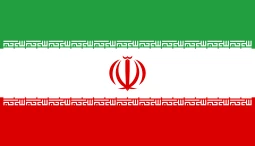 Persian (Farsi)
Persian (Farsi)
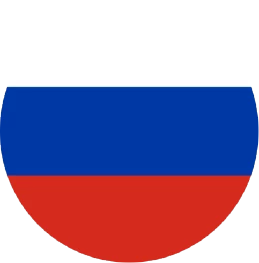 Russian
Russian
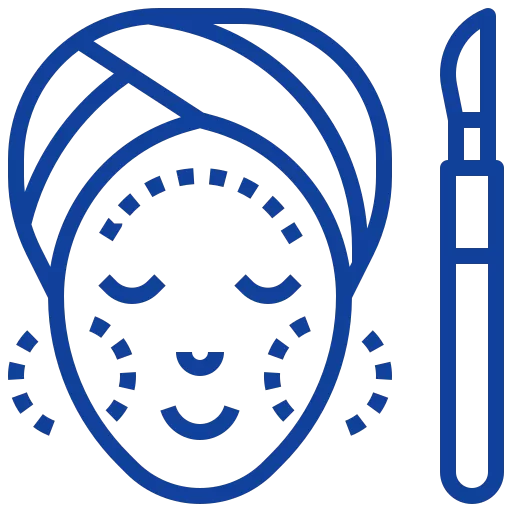 Beauty
Beauty


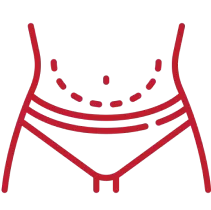
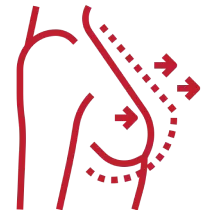

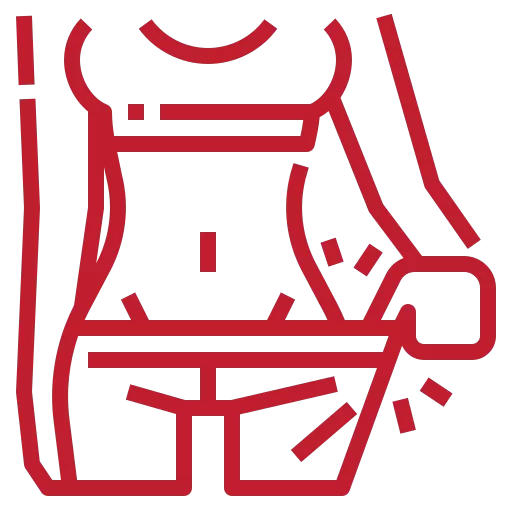
 Medical
Medical




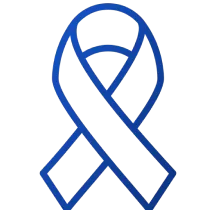
 Hotels
Hotels
 Hospitals
Hospitals








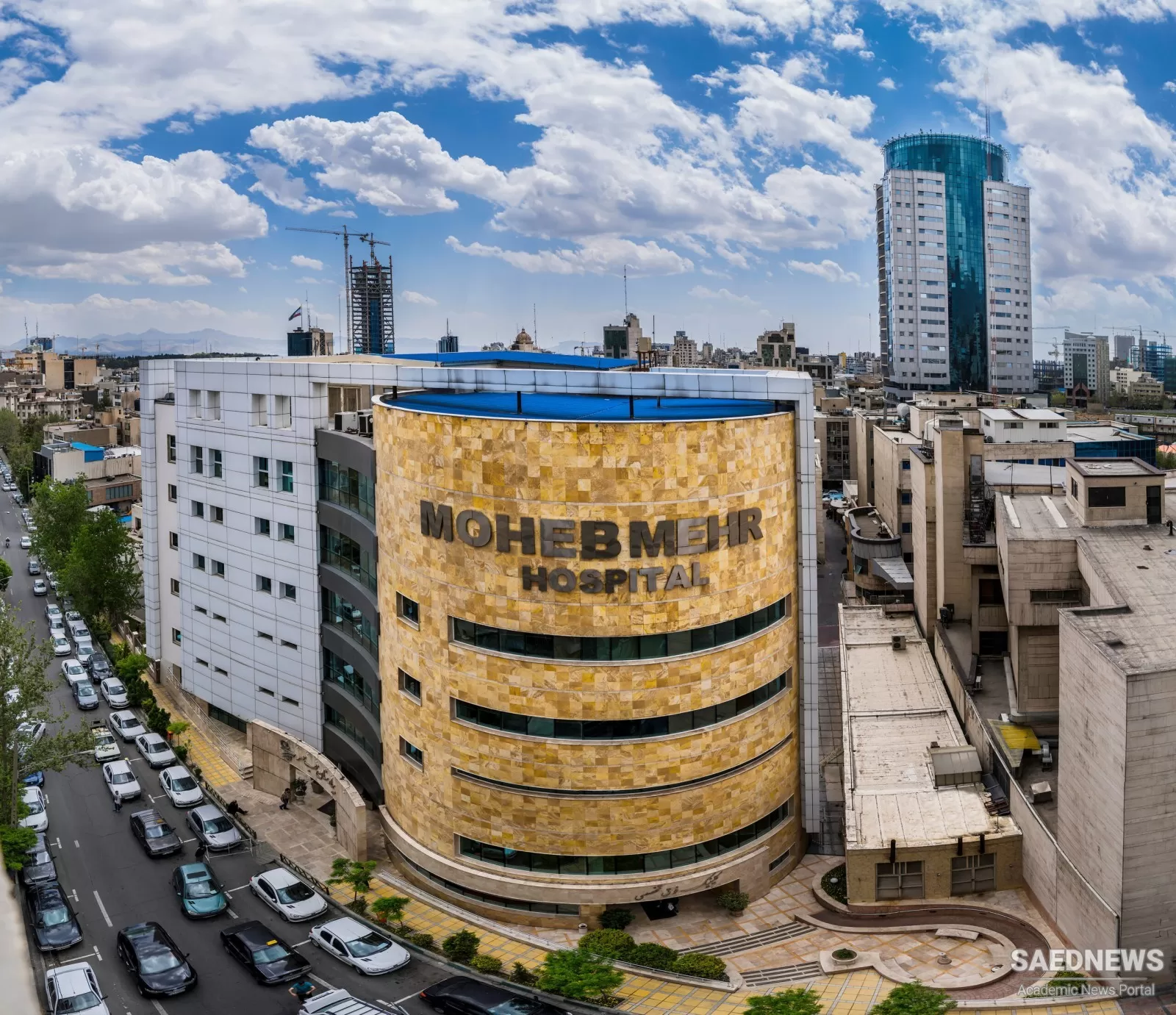
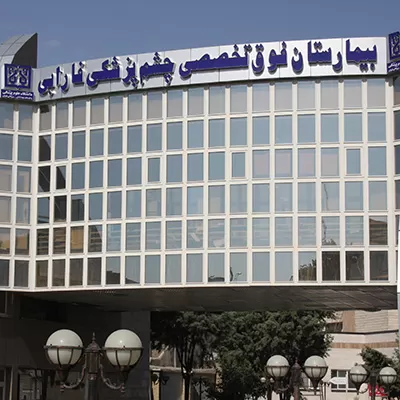
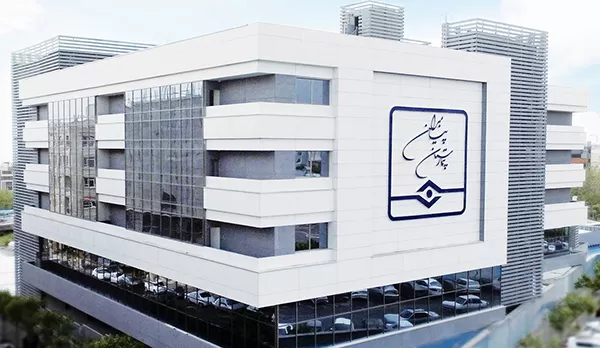
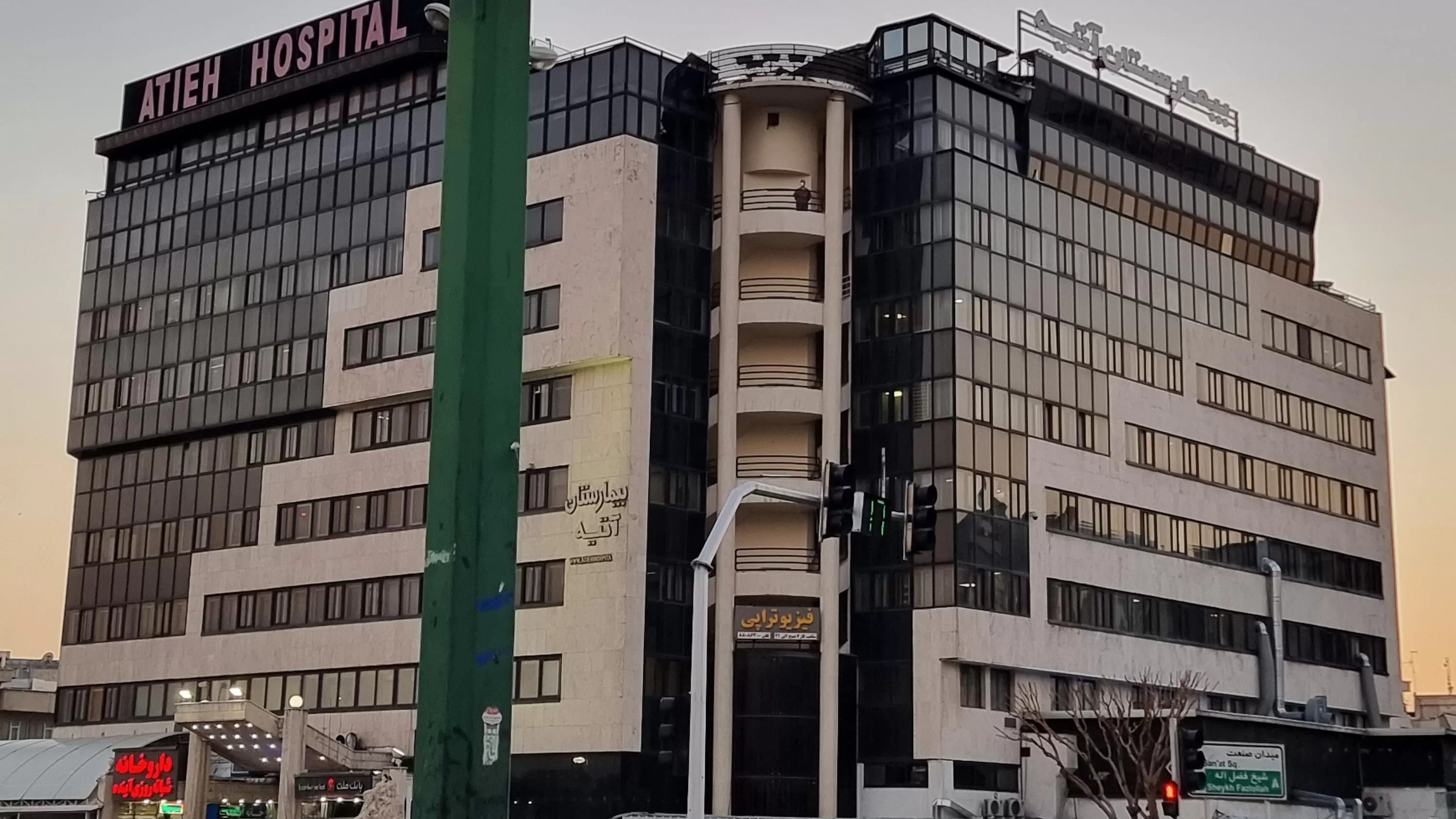
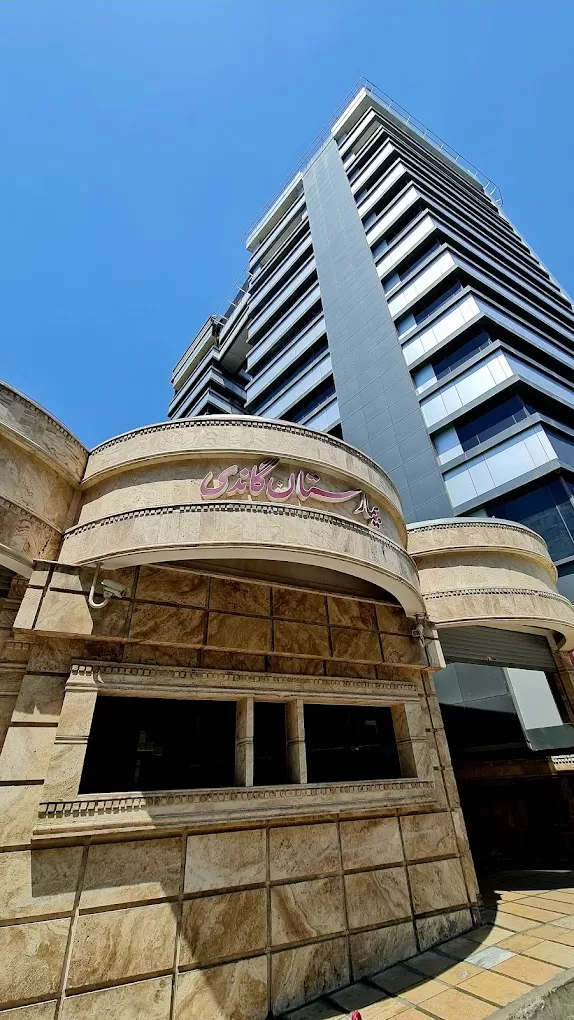
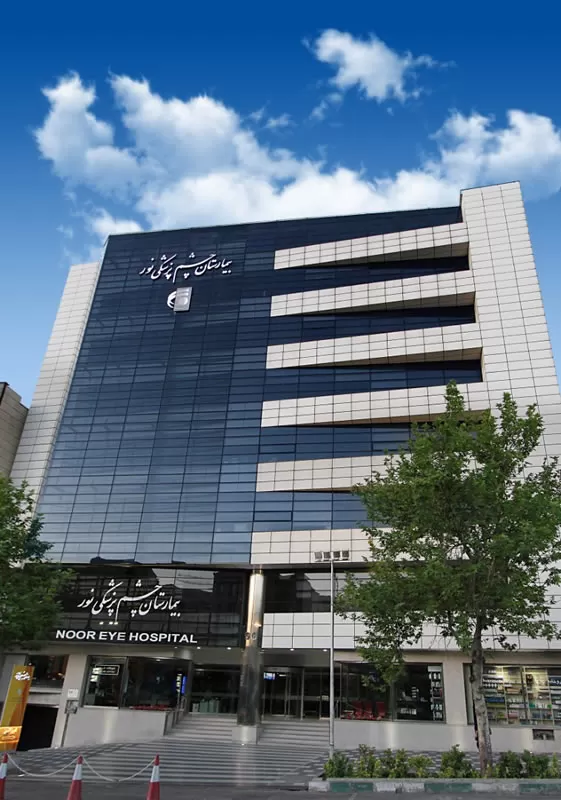
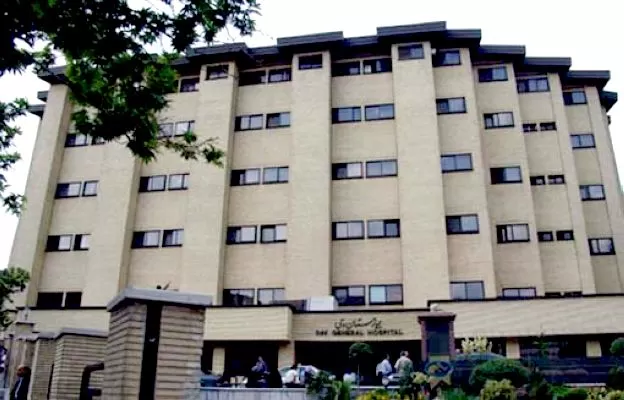
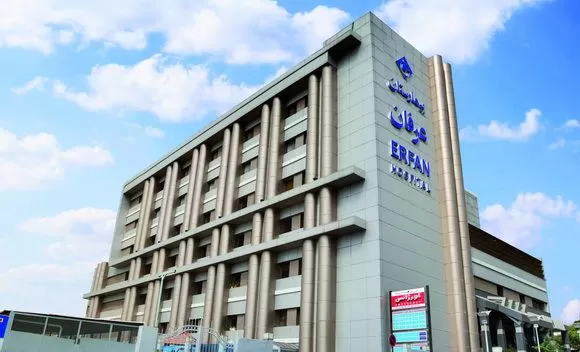
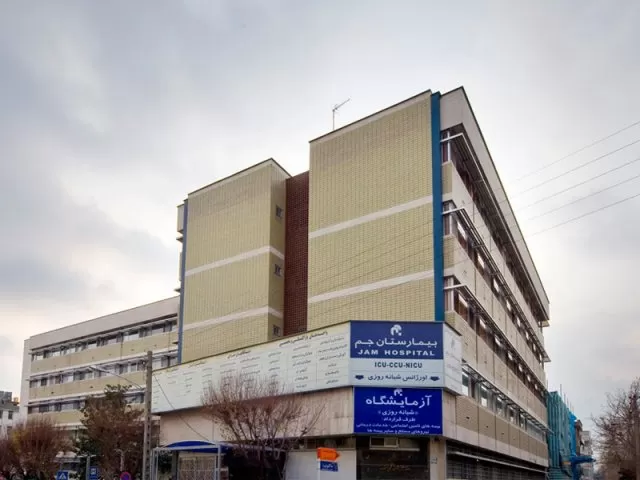
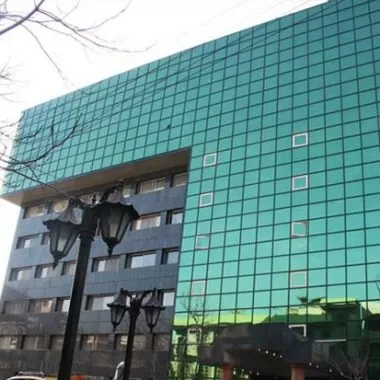
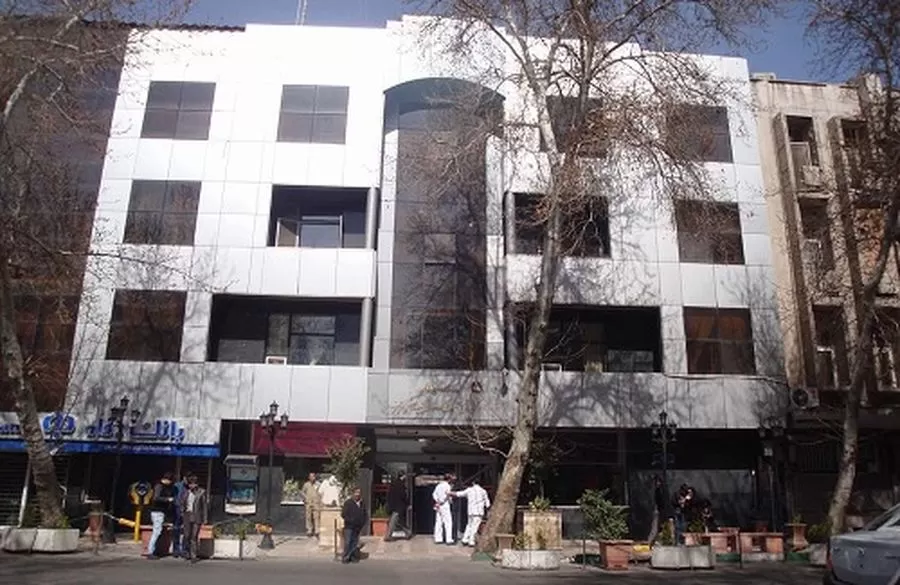
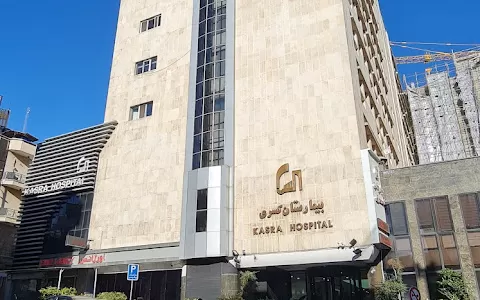
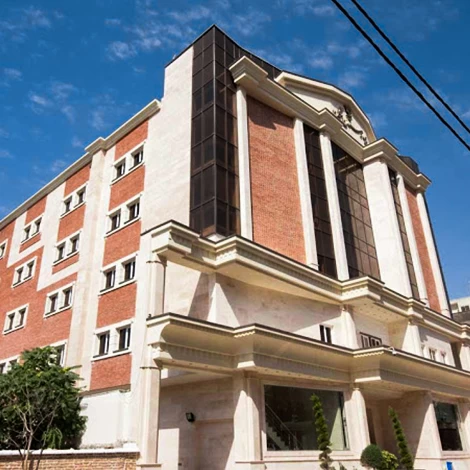
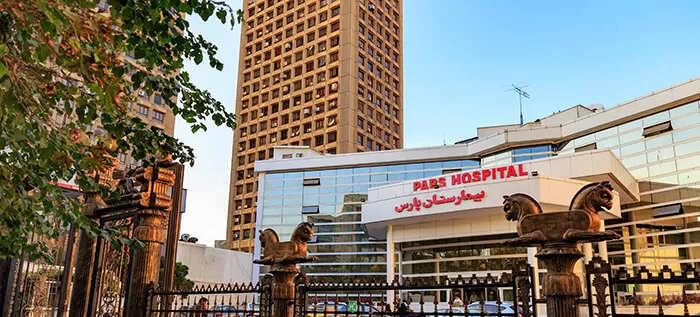
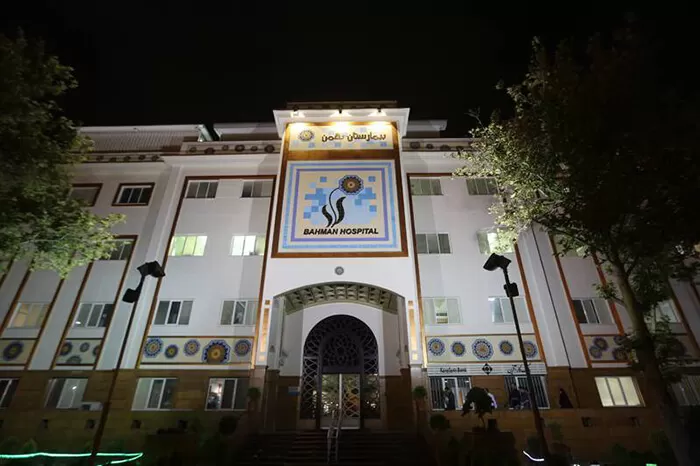
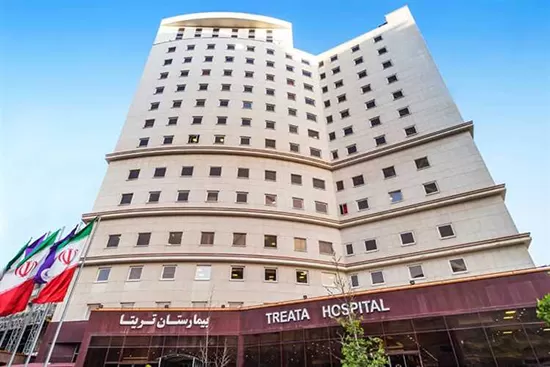
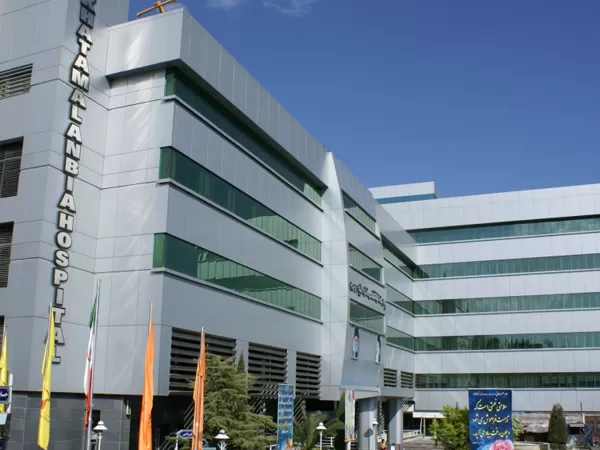
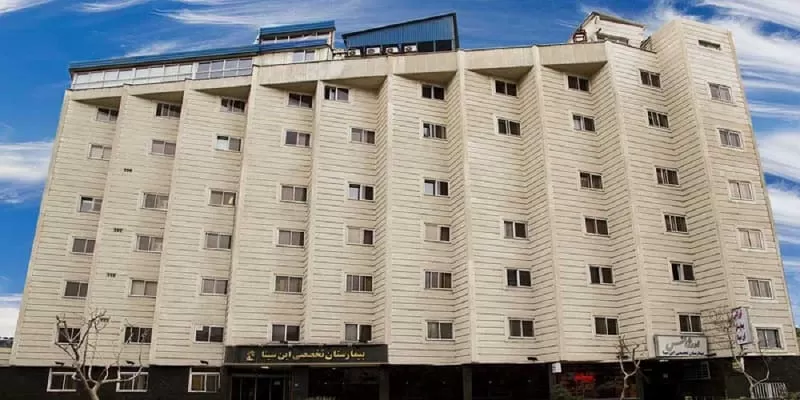
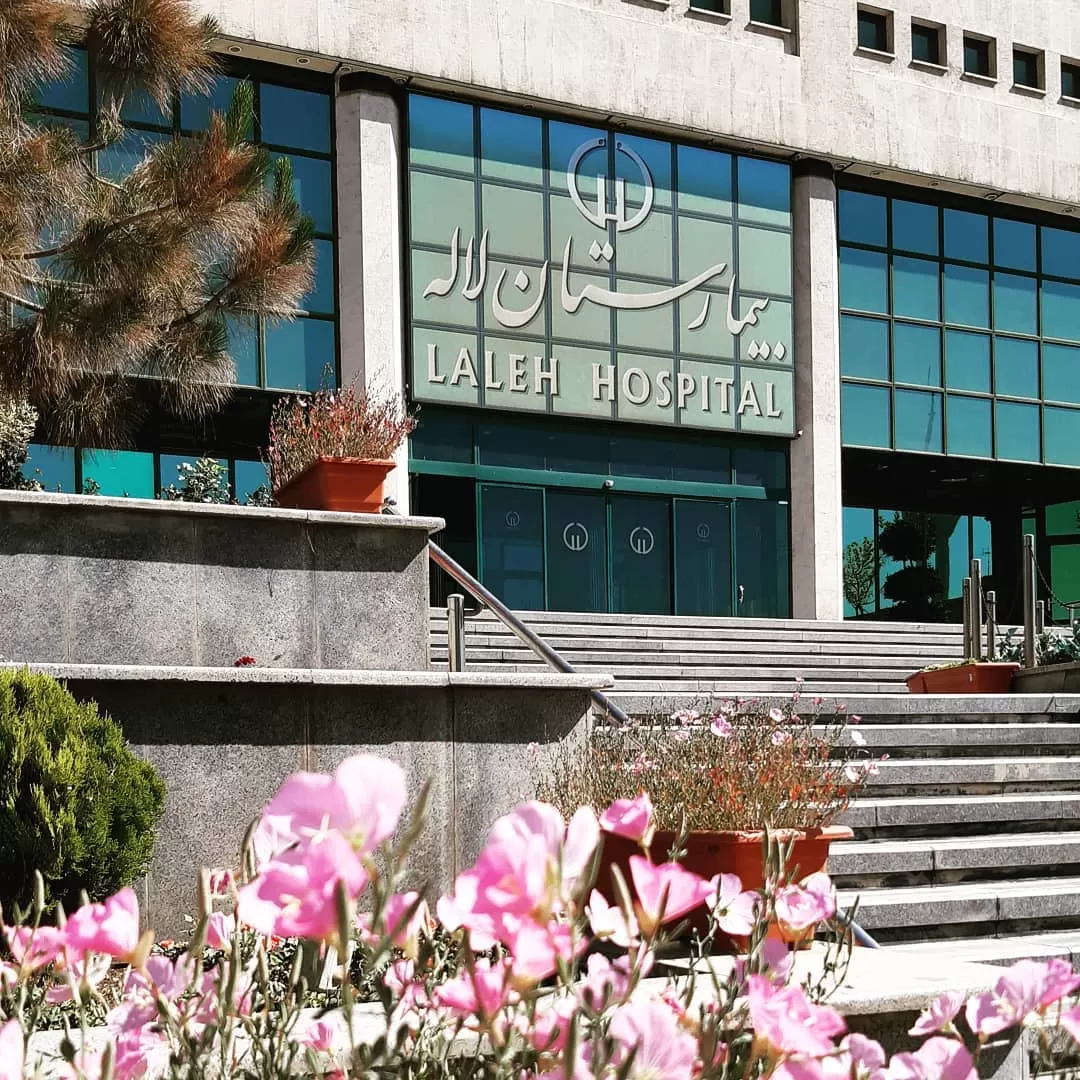
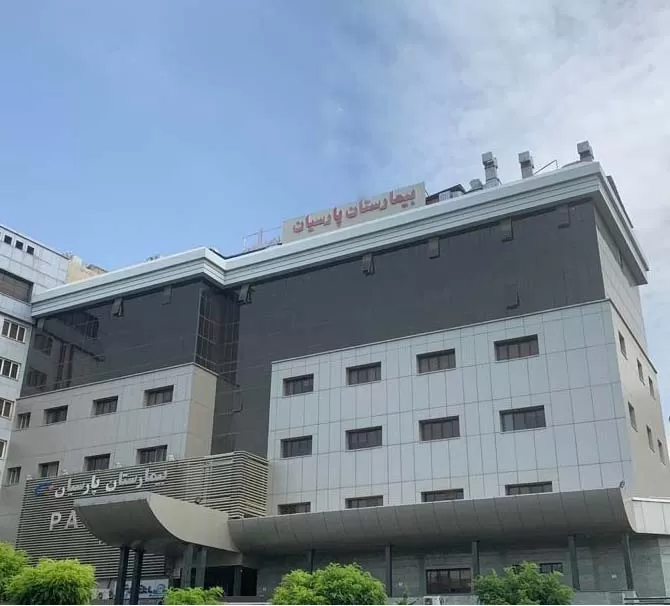
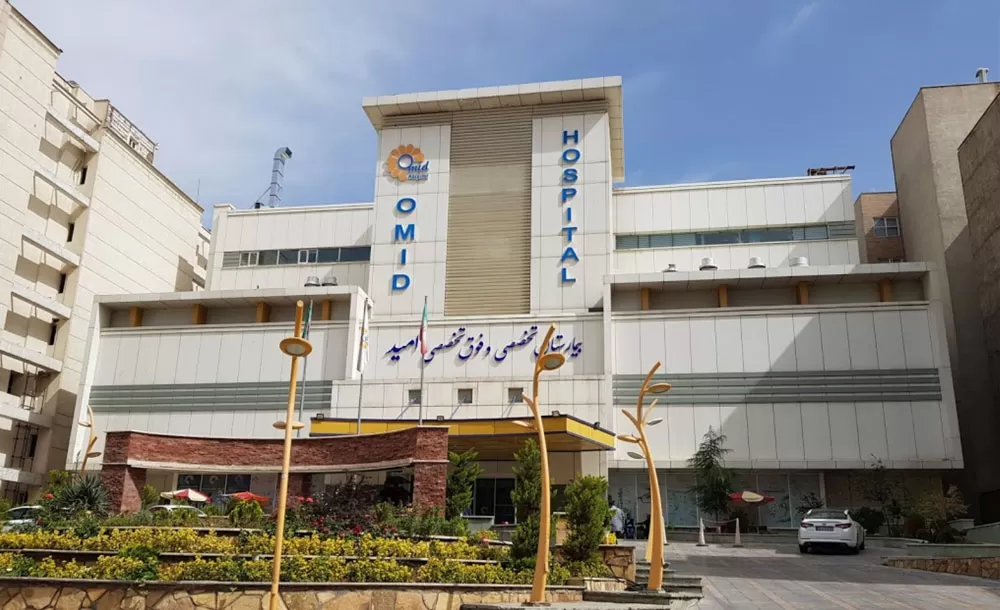
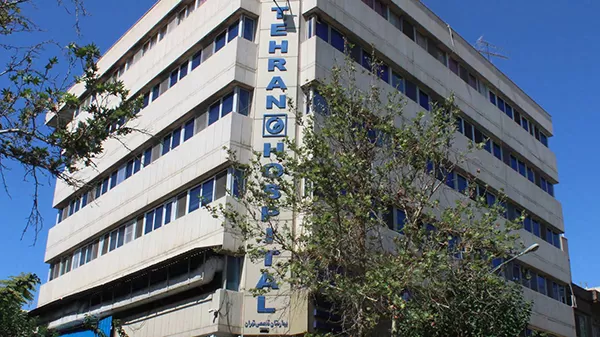




![Frequently asked question about [name]](/v2tem/images/pages/service/faq-image.webp)
